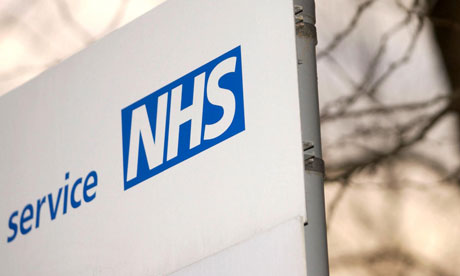The UK’s NHS could treat 18.6 million extra patients per year, if given new digital solutions, a survey from Virgin Media O2 Business has found.
The ‘Bridging the digital gap in UK healthcare’ report, which surveyed 1,000 senior decision-makers in public healthcare across the UK, found that three in five (61 percent) NHS staff backed that above belief.
The Virgin Media O2 Business survey also found that nearly two fifths (38 percent) of respondents think new digital tools could help the NHS reach 3-5 percent more patients each day. This translates to potentially benefiting at least 51,000 more people daily.
![]()
NHS tech
The survey found that technology is recognised as a key enabler of positive change in the health sector.
Indeed, according to the report, digital tech, like electronic health recording and Internet of Things (IoT) devices for monitoring vital medicine, could significantly reduce the of frontline staff and decrease patient waiting times, as noted by 4 out of 5 (86 percent) of NHS staff.
The survey also found that nearly a quarter (23 percent) of surveyed healthcare workers, ranging from clinical to admin and IT roles, believe tech improvements could drive at least a 5 percent increase in patient consultations, potentially helping up to 31 million additional people per year.
The survey noted that since the introduction of Integrated Care Systems across England in 2022, there has been significant digital progress building on wider integration approaches across the devolved nations.
Nearly all (98 percent) respondents acknowledged this has positively influenced hospital technology adoption in their locality.
A further 51 percent of staff believe there has been significant progress in the standardisation of digital systems since January 2023.
Regional differences
With NHS structures varying across the UK, a clear regional divide persists as respondents identify varying levels of digital maturity. Over four-fifths (85 percent) of surveyed staff in London, Belfast and Edinburgh agree current connectivity solutions in their area effectively support efficient patient care.
Yet, this number drops to 65 percent of staff in the South East, South West and Yorkshire and the Humber.
“The introduction of integrated patient care has already had a positive impact on digital progress across the NHS,” noted Mark Burton, Health and Social Care Lead at Virgin Media O2 Business.
“However, our findings demonstrate there is still a huge untapped opportunity to use technology to drive operational efficiencies for patients and staff across the UK,” said Burton.
“As the NHS becomes increasingly digital, prioritising digital skills and confidence for staff, fostering open communication and adopting a strategic approach to technology investment will be critical to continued progress,” Burton added. “Public-private partnerships can help here, playing a significant role in delivering robust connectivity for an NHS that is ready for anything.”
Virgin Media O2 Business noted that it currently works with 174 NHS Trusts & Boards, representing about 70 percent of all those in the UK.
Public sector track record
But often big technology projects involving the government and public sector institutions such as the NHS do not have a good track record.
For example in 2010 an investigation by the Independent newspaper found that British taxpayers had been left saddled with a bill of more than £26 billion for computer systems that either suffered severe delays, or run over budget, or were cancelled altogether under the then Labour government.
One of the most noteworthy computer failures under Labour was the £12.7 billion National Programme for IT project (NPfIT) for the NHS, which was originally estimated to cost £2.4 billion, but soon ballooned to £12.7 billion.
That high-profile initiative never delivered its key objective of giving doctors instant access to the medical records of any patient they have to treat, despite spending so much of the taxpayers’ money.




